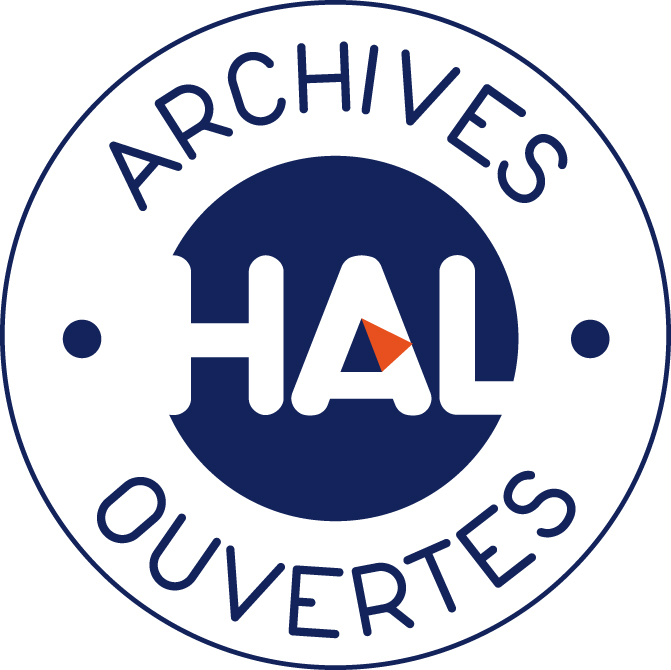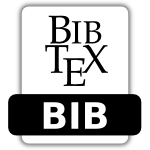Perceptual Simulation of Moving Sources : Application to the Leslie Cabinet & 3D Sound Immersion


Authors: Kronland-Martinet R., Voinier T.
Publication Date: June 2008
Journal: Eurasip Journal on Applied Signal Processing (Special Issue on Intelligent Audio, Speech, and Music Processing Applications)
Tags: Sound and Motion, Spatialization
Abstract
Perception of moving sound sources obey to brain processes that are distinct from the ones allowing for static localization of sound events. To take into account such specificities, we design a pre-processing model that takes into account the main perceptual clues involved in the auditory process such as intensity modulation, timbre variation, reverberation adjustment and the frequency shift phenomenon. This model is the first step toward a more general moving sound source system, including a spatialization system. Two applications of such a model are presented: the simulation of a rotating sources system, the Leslie Cabinet, and a 3D sound immersion installation based on the sonification of cosmic particles, the Cosmophone.
URL: http://asmp.eurasipjournals.com/content/2008/1/849696
Sound examples
Max/MSP abstractions
As explained in the paper, these abstractions have been designed for simulating moving sound sources. They are used in more complex patches (see the Leslie simulation page for example). They should be connected to a spatialization system (see VBAP for example).
Download a zip file containing these abstractions
The patch “MovingSource.help” describe how to use these abstractions.
The MAx-MSP Leslie simulation page
Air Sound Absorption Java Calculator
This work has been done in the framework of the research program “senSons”, granted by the French A.N.R
